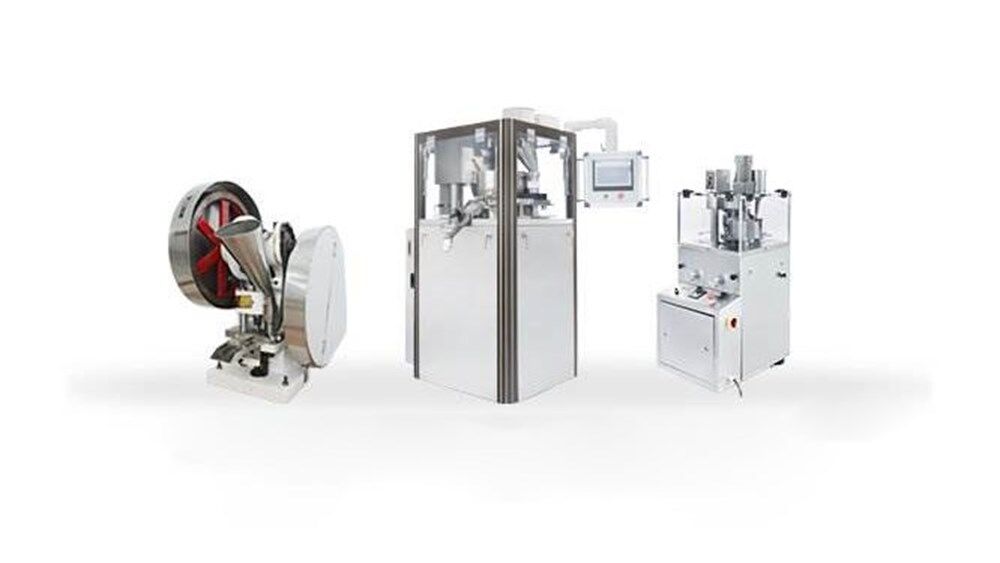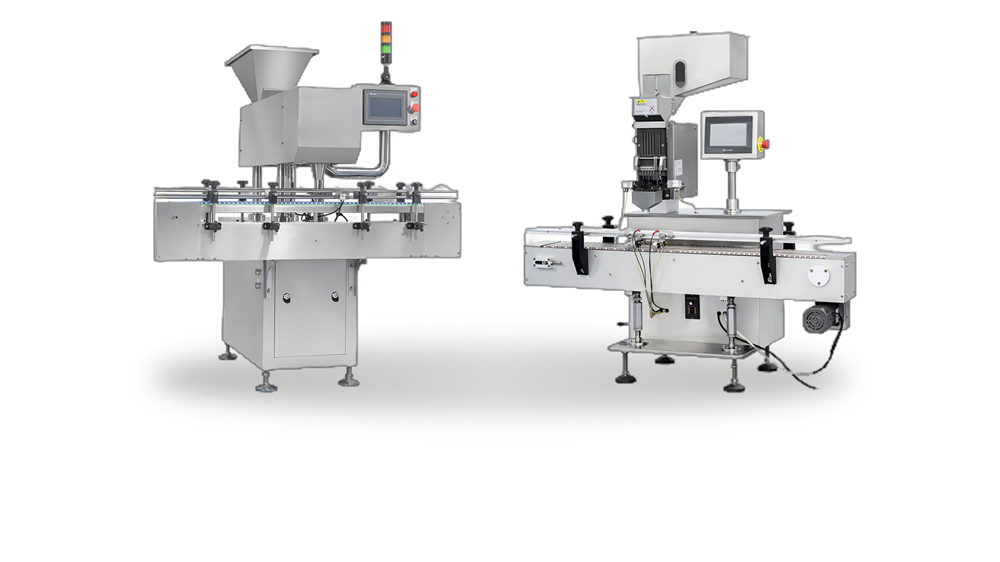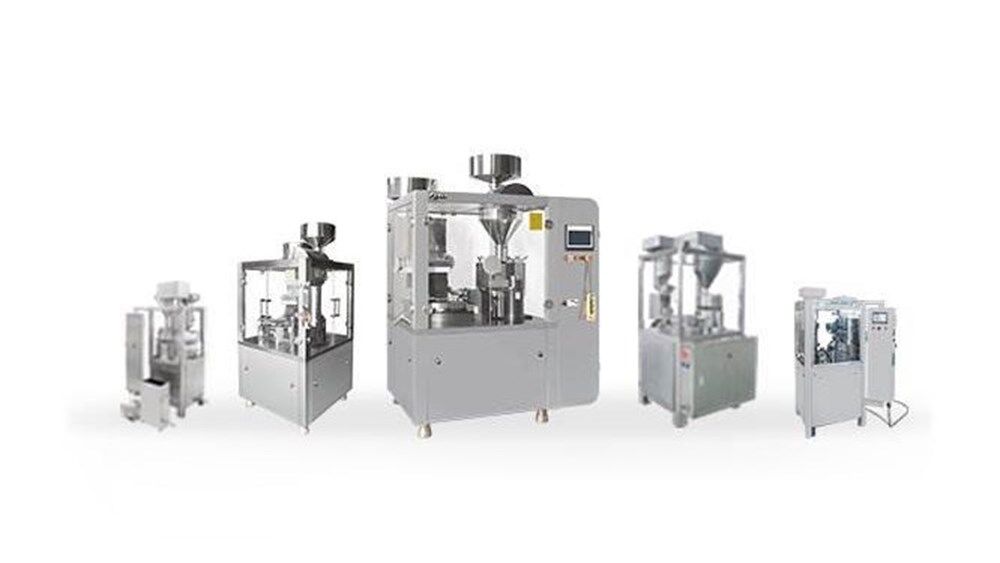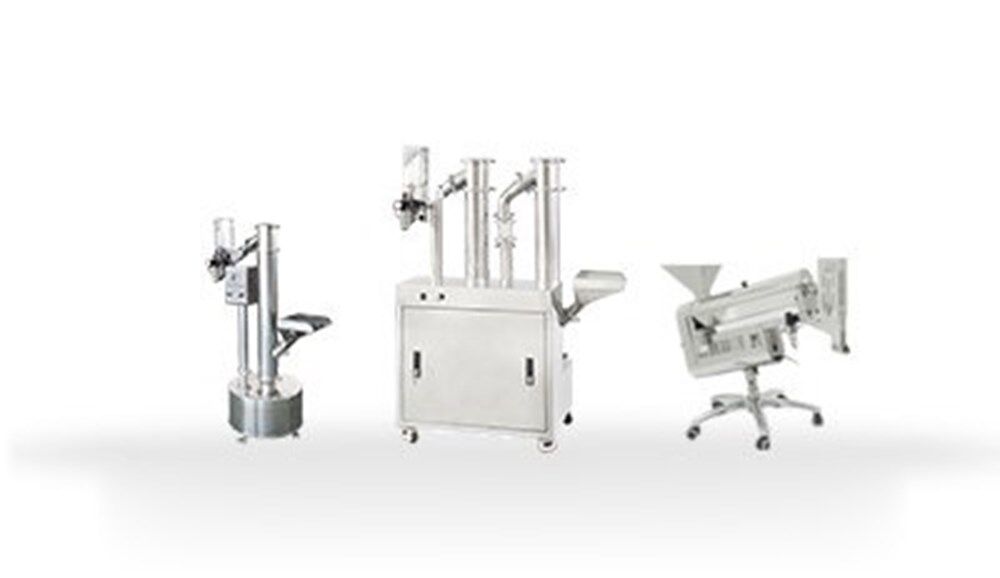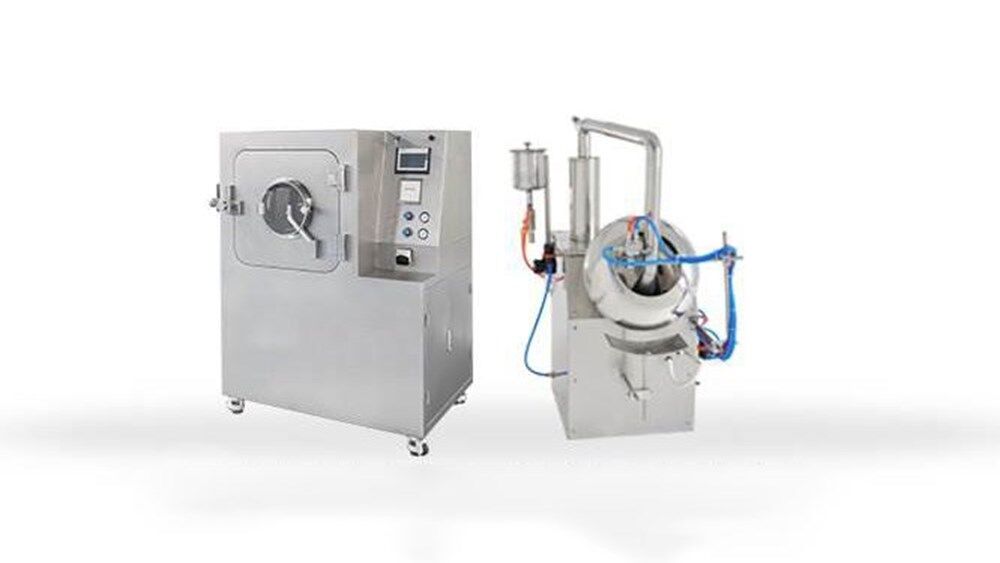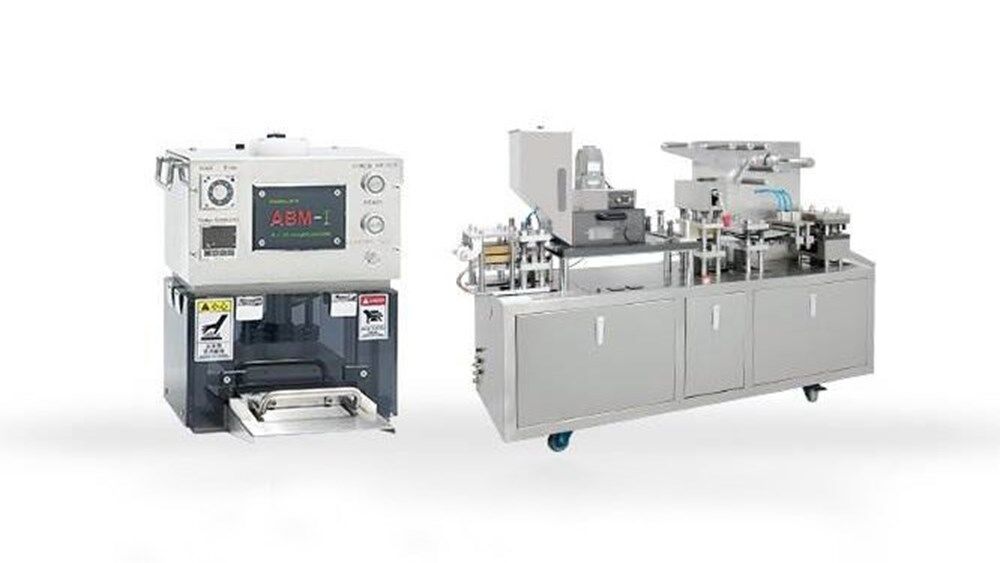Pharmaceutical Tablet Production: 3 Expert Tips and 5 Key Steps
Tablets are one of the most common dosage forms in the pharmaceutical industry. They offer numerous advantages, including ease of administration, accurate dosing, portability, and stability. The manufacturing process of tablets is critical. Because it affects the drug's efficacy and safeness.
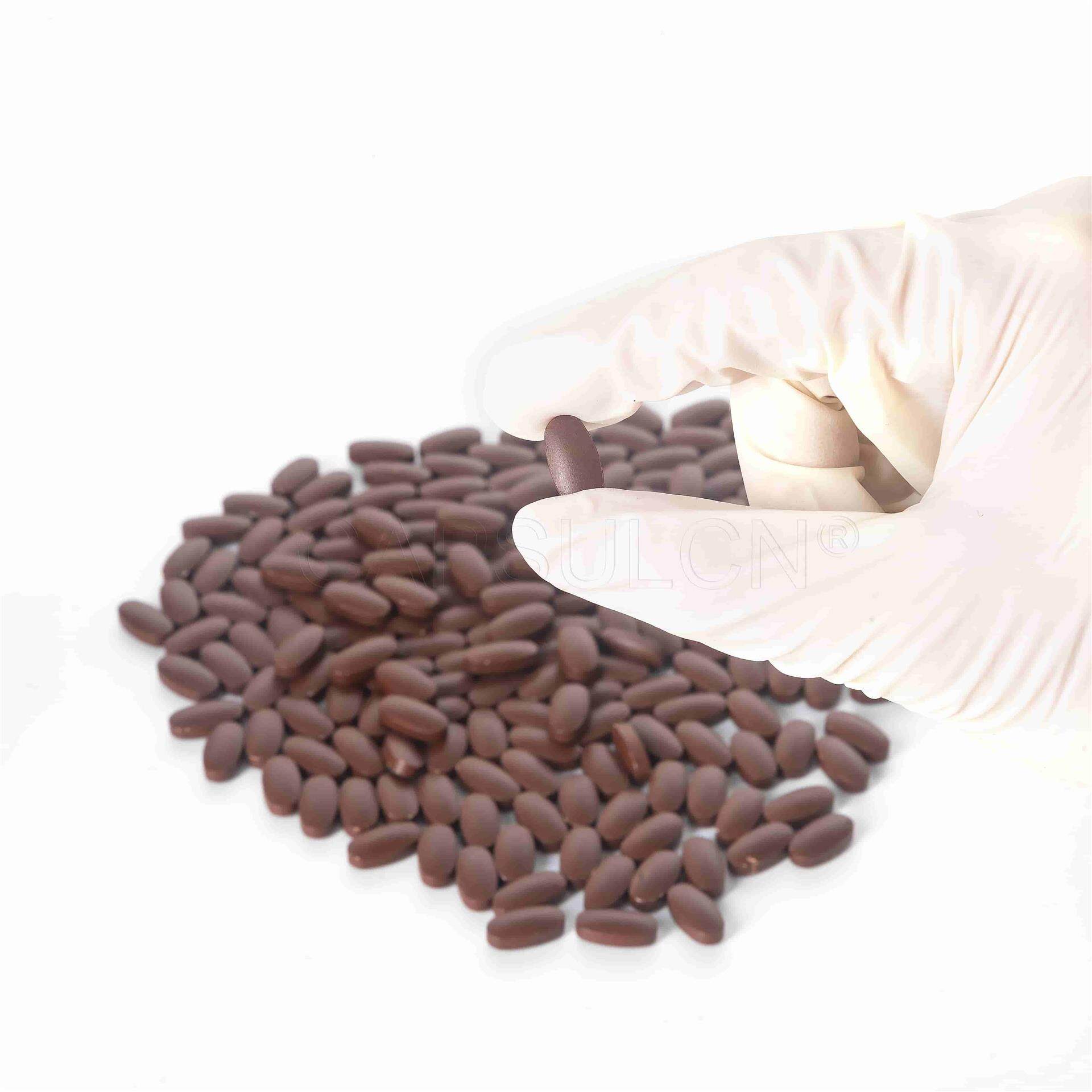
A well-controlled manufacturing process ensures that each tablet meets the required quality standards. So it can deliver the intended therapeutic effects consistently. This article helps you have an overall understanding of tablet manufacturing. Then you can make more informed choices when buying tablet machines and take more suitable measures in making tablets.
Three Considerations When Making Your Own Tablets
Purposes
When making tablets, the first step is to identify the purpose. Different purposes require different methods. For example, some tablets are made as dietary supplements. These provide essential vitamins or minerals that might be lacking in a diet. This type of tablet is often made using the direct compression method.
Some tablets are for specific medical uses, like relieving pain or treating allergies. For these, the wet granulation method is commonly used before compression.
Materials
The materials for tablets mainly include the API and excipients. The choice of API is crucial because it determines the drug's effectiveness. Different types of tablets require various APIs. For example, in tablets used as dietary supplements, the API usually refers to nutrients like Vitamin A, Vitamin C, or Calcium. Please note that each tablet must contain an exact and regulated amount of API.
Excipients mainly include fillers, binders, disintegrants, and lubricants. These excipients improve the physical properties of tablets, such as flowability, compressibility, and stability. You can choose suitable excipients based on your needs.
Some tablets also have a coating. There are many coating materials for tablets. The most common include sugar coating, film coating, and enteric coating. The coating improves taste, appearance, and stability. Some coatings even can control the release of active ingredients. When you apply a sugar coating to tablets, the materials you select should be compatible with the tablet ingredients and the manufacturing process.
Ensure Uniformity in API and Tablet Weight
When making tablets, it's important to keep the amount of API in each tablet the same. This is to make sure that each tablet provides the same therapeutic effect. Moreover, the weight of each tablet needs to be consistent. It helps ensures the same amount of active ingredients and excipients.
Five Steps in Tablet Manufacturing
Prepare Materials
You need to prepare all the necessary raw materials before starting. If the raw material particles are too large, you can use a grinder. It helps crush them into smaller and more uniform particles. It also improves mixing and compression performance.
You can also use a powder sifter machine. It can remove particles that do not meet the size requirements. Then a uniform particle size can be confirmed.
Granulation
Some materials may show poor properties for medicine making. It will affect the shape and quality of tablets. The common problems include stickiness, poor flow, and compression issues. To solve these problems, many manufacturers use a variety of granulation techniques. Therefore, the material can be more suitable for compression. There are two main methods of granulation.
Wet Granulation
When using this technique, a liquid binder is important. It makes the powder mixture to form a wet particle. Then manufacturers dry and sieve these particles to obtain uniform particle sizes. Wet granulation is especially suitable for materials with poor fluidity and compaction. Or some are easy to layer.
Dry Granulation
Compared to wet granulation, dry granulation doesn't need liquid binders. Instead, pressure is required to compact powder into larger particles. The particles are then crushed and sieved. It's ideal for materials sensitive to moisture or insoluble in water. You can choose the most suitable granulation technique based on your material properties.
Mix Materials
Once all raw materials meet your requirements, they can be mixed. Proper ingredient blending plays a vital role in the pharmaceutical industry. It ensures product uniformity and consistency. You can use a V-blender or a ribbon mixer at this stage. If you want to check ingredient distribution, extract samples for testing and analysis. This can be done every 15 minutes or every hour.
Manufacture Tablets
After mixing, it can proceed to tablet manufacturing. The primary equipment you need here is tablet press machines. There are various types to choose from, such as single punch tablet press machines, semi-automatic tablet making machines, etc. You can choose the most suitable one based on your manufacturing needs.
Coating
After tablet production, some manufacturers coat the tablets to cover their bitter taste or unpleasant odor. And the tablets' appearance can also be improved. Most customers lay emphasis on these aspects when buying chewable tablets.
Some makers also use a coating to control how fast the drug is released. Some do this to keep the amount of medicine in the blood stable. And some make sure the medicine dissolves in the intestines instead of in the stomach. The common types on the market are sustained-release or enteric-coated tablets.
Four Common Defects in Tablet Manufacturing
During tablet manufacturing, you may meet various defects. It affects the quality, appearance, and performance of the tablets. The following are the 4 most common ones.
Capping

It refers to the cracks in the top or bottom of a tablet. This can influence its stability and appearance.
There are many reasons to cause capping. If the powder is too dry, the cohesiveness between particles will be not good. So the risk of cracking increases. In addition, tablet compression pressure can cause capping during manufacturing. This happens when the pressure is too high or not evenly applied.
Picking and Sticking
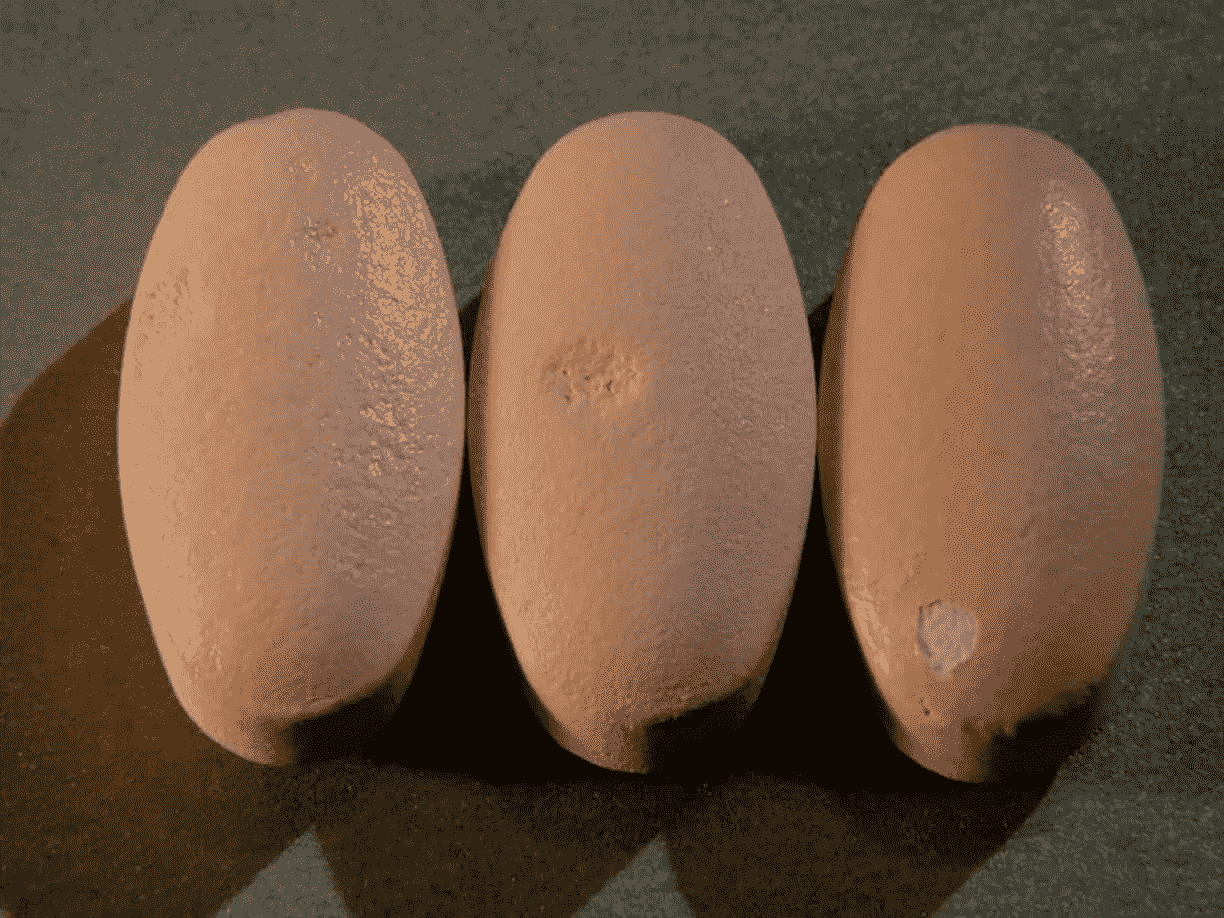
It means that the tablets don’t have a smooth surface. You may find small particles or powder sticking to tablets. The reasons include rough mold surfaces, uneven lubricants, or improper humidity. In addition, uneven particle size can also cause roughness.
Chipping
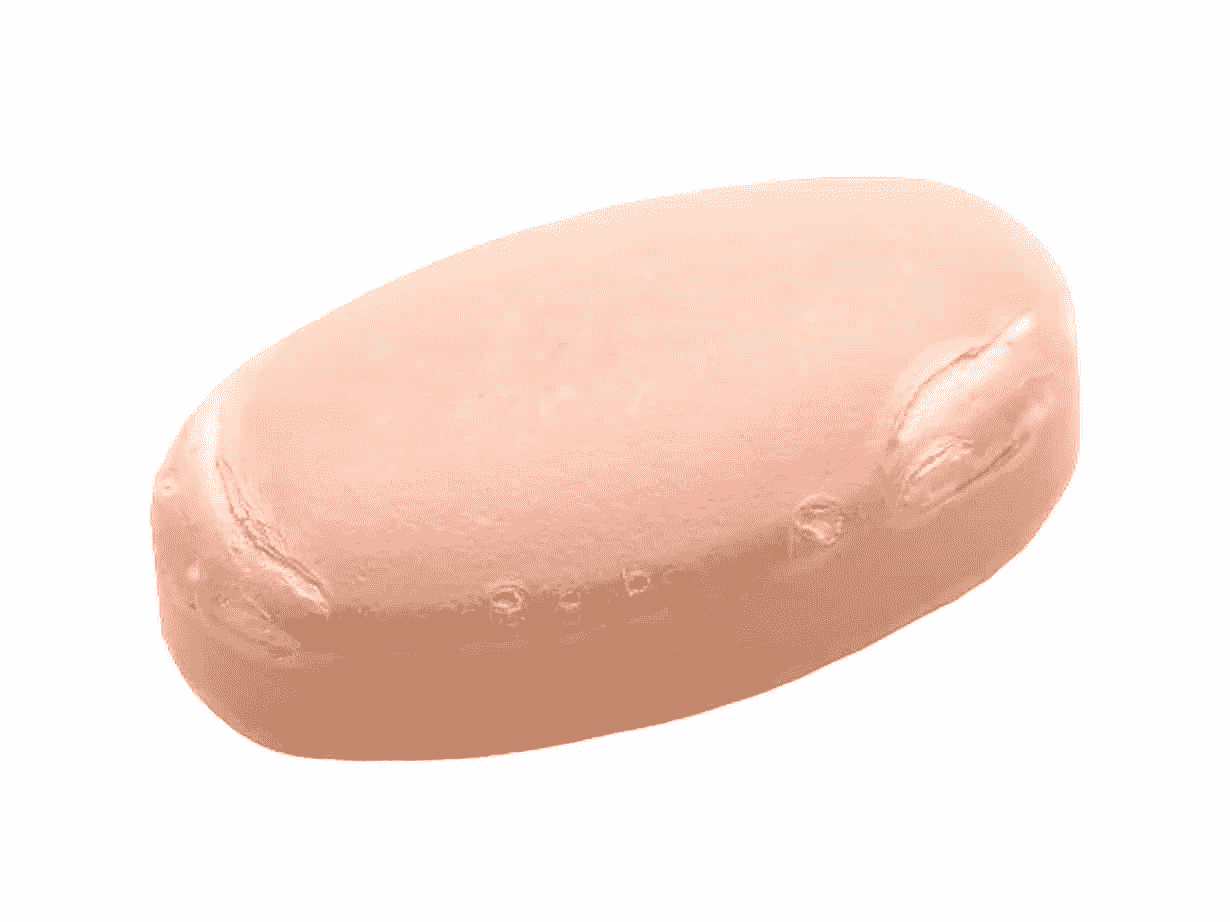
Chipping means you can see small fragments on the tablet's edges or surface. This affects dosing accuracy and appearance. Insufficient compression and improper formulation are main reasons to causing chipping.
Lamination

When tablet layers do not bond well, tablets will split. We call it lamination. It is a serious question because lamination will affect drug stability. This problem can be caused by uneven particle sizes or insufficient mixing.
iPharMachine is Your Best Partner for Tablet Manufacturing
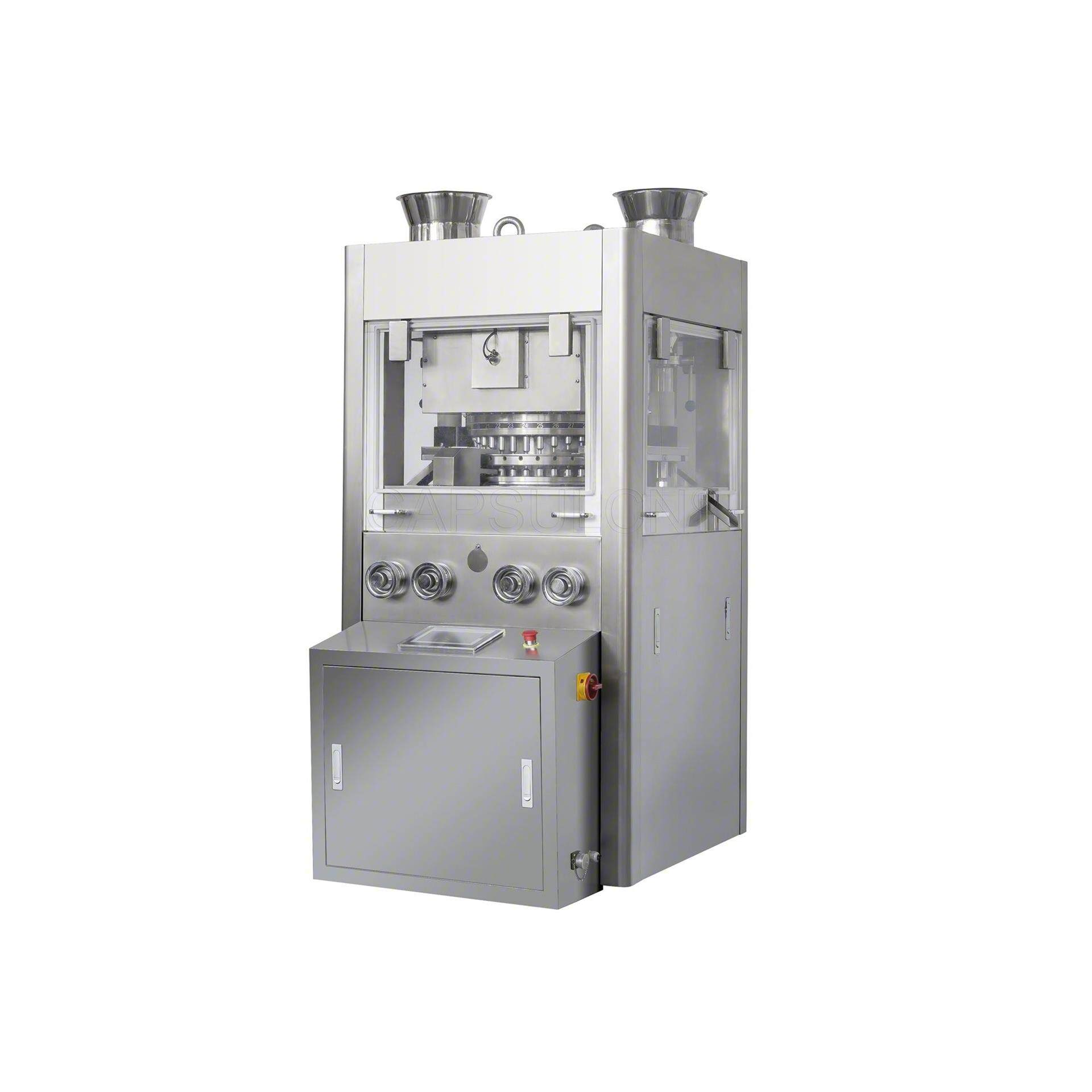
If you want to produce high-quality tablets, good equipment is a must. As China’s leading tablet manufacturer in pharmaceutical industry, iPharMachine is your reliable partner. We can offer various medicine making equipment, such as granulators, tablet presses, etc. So we can meet different needs of tablet manufacturing as you require.
In addition, we provide value-added customer service, including installation, training, and technical support. Our expert team is always ready to assist you, ensuring your production runs smoothly.
Leave your comment
Also Offers
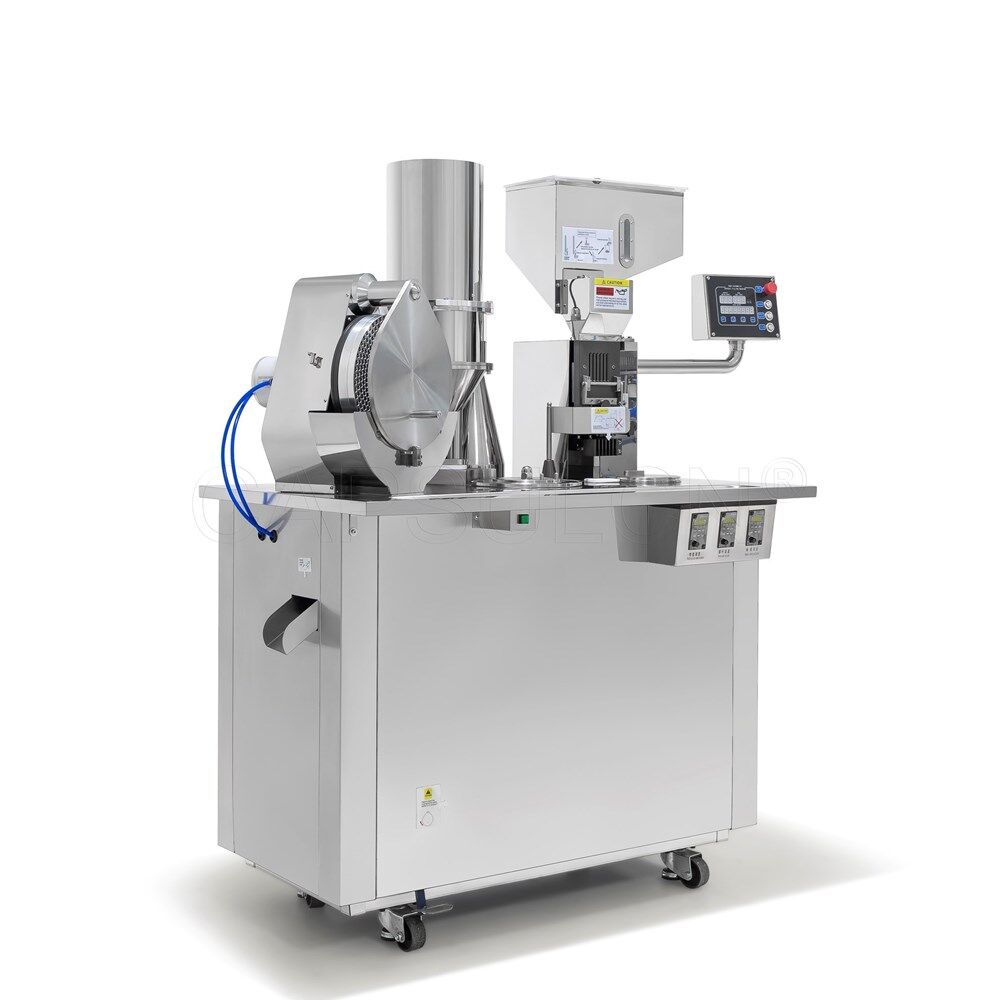
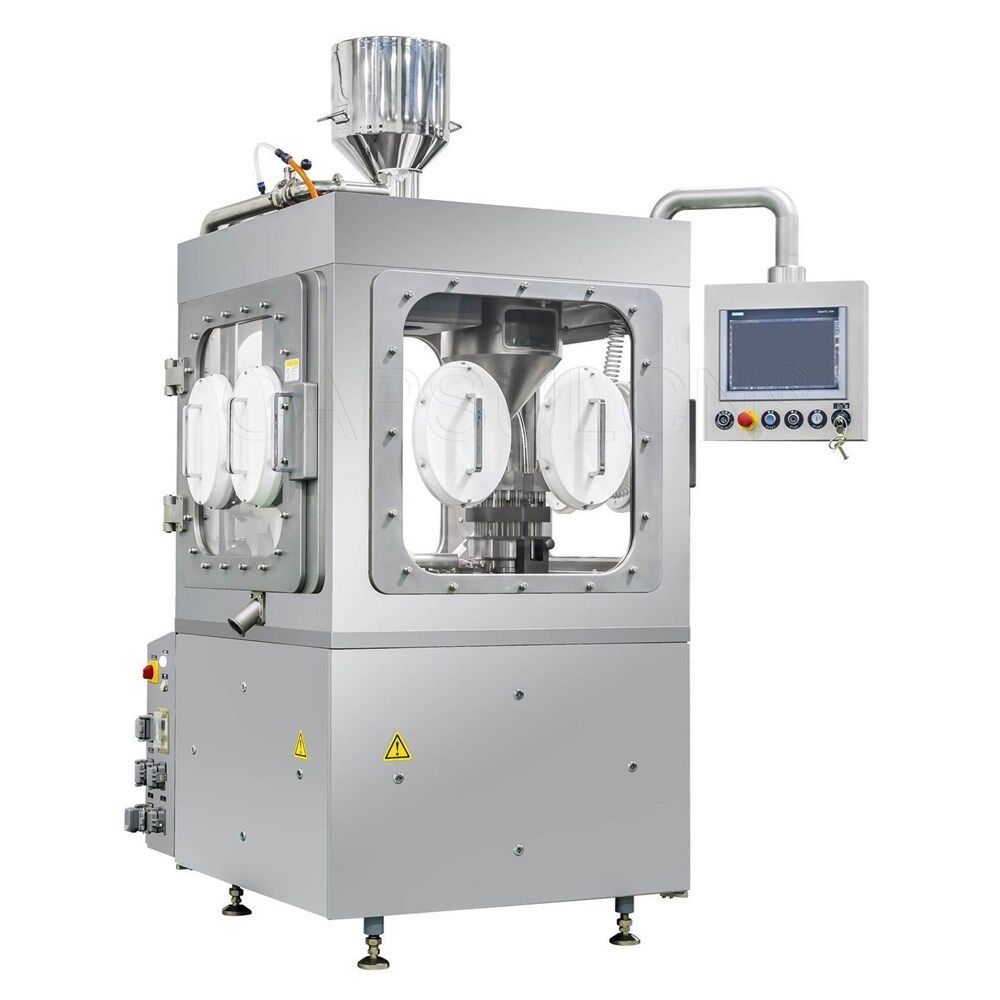
Containment Automatic Capsule Filling Machine SFK-703
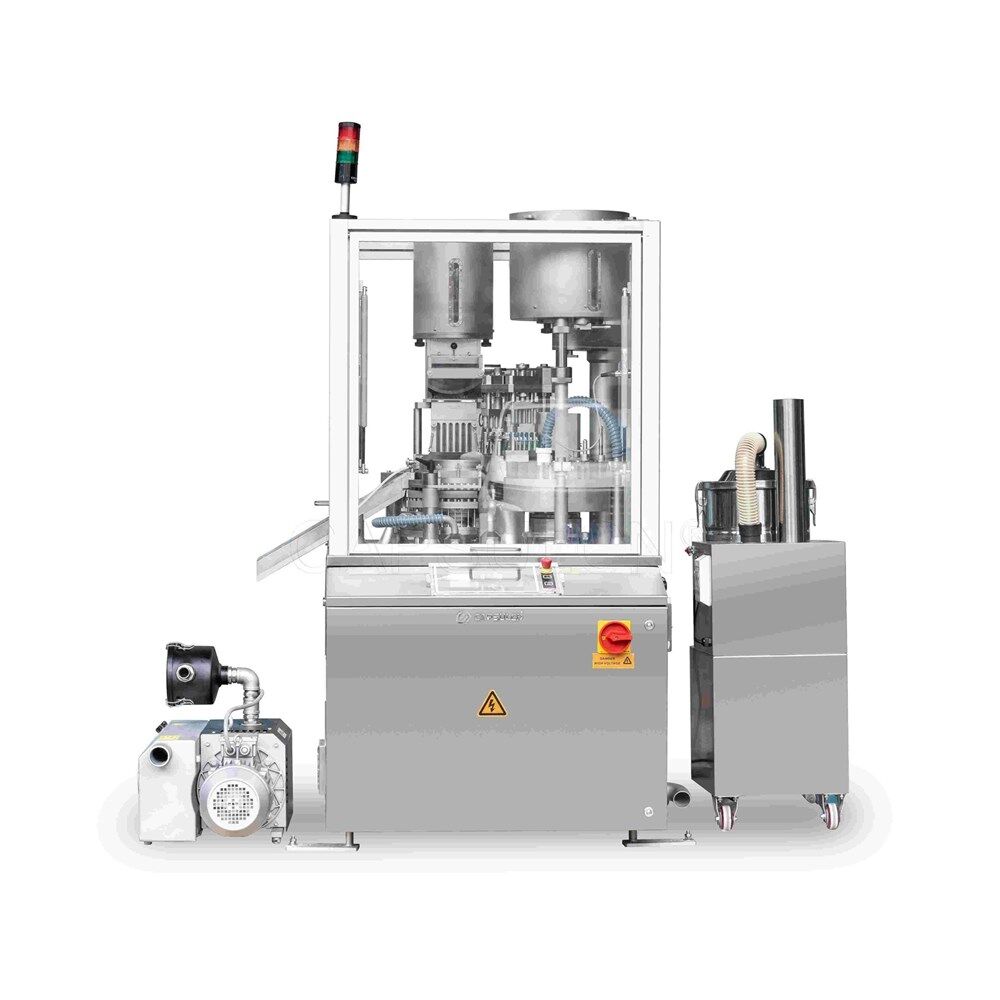
Fully Automatic Dosator Capsule Filling Machine CZ-40
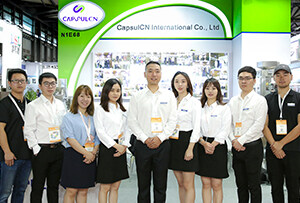
Our Team
As an expert in the pharmaceutical and pharmaceutical packaging industry, iPharMachine has provided solutions for hundreds of pharmaceutical and health product manufacturers for 17 years. By visiting customers, we get good reviews from our customers.
- info@ipharmachine.com
- English Español Deutsche
